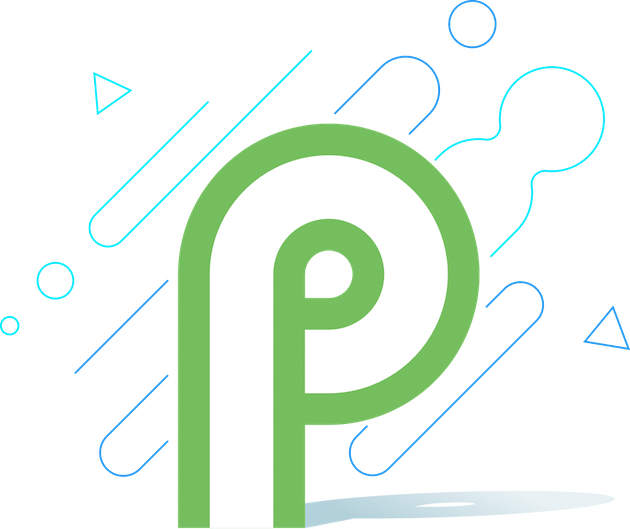
Last year, Apple introduced the iPhone X, which, among many other things, welcomed a brand new design philosophy for the smartphone lineup.
Now, several months later, the “notch design” that Apple went with is still causing plenty of conversation, but not for the same reasons. Back in September when Apple showcased the handset, the notch was the focus of a lot of topics, mainly asking whether or not people liked it or not. Well, several Android manufacturers —including ASUS, OnePlus, Huawei, and others– have decided they want in on that notch action.
As such, we heard previously that Google was already planning on introducing elements into Android P that officially supported the notch design that the iPhone X brought upon this world.

Today, Google confirmed that it is indeed supporting the notch movement with Android, because it has released the first Developer Preview for Android P into the wild, and it does indeed support what Google calls a “display cutout for camera and speaker”. You can see it pictured just above.
Whether or not Apple made the right decision with the notch design with the iPhone X is purely subjective. You might like it while another person might not. But it looks like Android manufacturers are a pretty big fan of the idea, and, as such, are going full tilt with the cue from this point on.
Android P comes with plenty of other changes, additions, fixes, and new features, including alterations to the way that notifications are handled, support for HDR VP9 Profile 2, and support for HEIC format — what Apple recently introduced as well.
Our Take
This started out as a pretty distinct joke, with companies like Leagoo being the brunt of a joke as they shamelessly copied the iPhone X. But then ASUS did the same thing, Huawei is expected to with its newest flagship, and even LG has apparently designed at least one phone with the notch present, and we’re now in full notch saturation. It is pretty comical that we’re already hearing that Apple will slim the notch down as early as this year, and that by next it might be gone altogether.
What do you think about Android adopting the notch?
[via AndroidBeat]